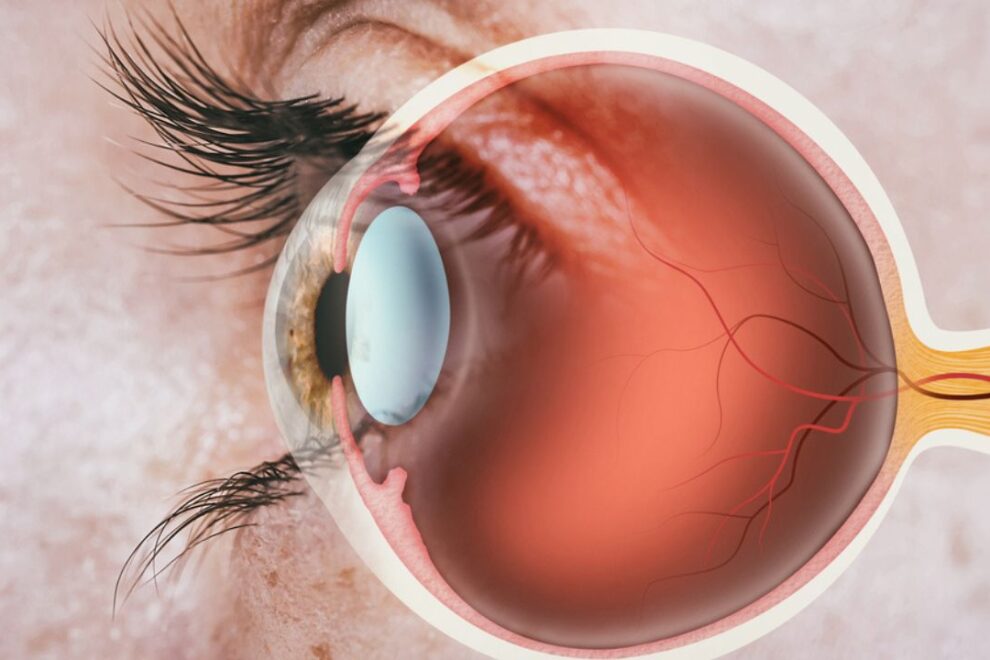Retinal Detachment Surgery and Cost in India


Free Doctor Opinion
Want to know about the Treatment hospitals in India? Take a free second opinion – click
Or email at [email protected] / Call +91 9029304141
But even with such a high rate of success for surgery, it is important to act quickly. The longer you wait to have surgery, the lower the chances that good vision will be restored. Once the retina loses contact with its supporting layers, vision begins to get worse. An eye doctor (ophthalmologist) who specializes in retinal detachments will usually perform surgery within a few days of your being diagnosed with a detachment.
How soon you need surgery usually depends on whether the retinal detachment has or could spread far enough to affect central vision. Once the macula, the part of the retina that provides central vision, loses contact with the layer beneath it, it quickly loses its ability to process what the eye sees.
- Having surgery while the macula is still attached will usually save vision. But surgery restores good vision in less than half of people who have surgery after the macula has already become detached.
- If the macula has become detached, surgery may be delayed. If more than a few days have passed since the detachment occurred, severe central vision loss may already have occurred, and surgery is much less likely to restore vision completely.
Your doctor will decide how soon you need surgery based on the result of the retinal exam and the doctor’s experience in treating retinal detachment.
Surgery for retinal tears in India
Treating a retinal tear may be useful if the tear is likely to lead to detachment. Symptoms such as floaters or flashing lights are key factors in deciding whether to treat a tear. A tear that occurs right after a posterior vitreous detachment (PVD) with symptoms is usually much more dangerous and more likely to progress to a retinal detachment than one that occurs without symptoms.
In deciding when to treat a retinal tear, your doctor will evaluate whether the torn retina is likely to detach. If the tear is very likely to lead to detachment, treatment can usually repair it and prevent detachment and potential vision loss. If the tear is not likely to lead to detachment, you may not need treatment.
Wish to know our Cosmetic Surgery skills, send us your message – click here
Or email at [email protected] / Call +91 9029304141
Surgery Choices in India
The most common methods of repairing a retinal detachment include:
- Scleral buckling surgery. This is the most common way to repair a detached retina. Your eye doctor places a piece of silicone sponge, rubber, or semi-hard plastic on the outer layer of your eye and sews it in place. This relieves traction on the retina, preventing tears from getting worse, and it supports the layers of the retina.
- Pneumatic retinopexy. In this procedure, your eye doctor injects a gas bubble into the middle of the eyeball. The gas bubble floats to the detached area and presses lightly against the detached retina, flattening it so that the fluid below it can be reabsorbed. The eye doctor then uses a freezing probe cryopexy or laser beam (photocoagulation) to seal the tear in the retina.
- Vitrectomy. This is the removal of the vitreous gel from the eye. Vitrectomy gives your eye doctor better access to the retina and other tissues. It allows him or her to peel scar tissue off the retina, repair holes, close very large tears, and directly flatten a retinal detachment.
The most common methods of repairing a retinal tear include:
- Laser photocoagulation, in which an intense beam of light travels through the eye and makes tiny burns around the tear in the retina. The burns form scars that prevent fluid from getting under the retina.
- Cryopexy(freezing) in which your eye doctor uses a probe to freeze and seal the retina around the tear.
The decision about when to treat a retinal tear is based on whether the tear is likely to progress to a retinal detachment. If the tear is not likely to lead to a detachment, treatment may not be necessary.
What To Think About
You have several surgical options to repair a retinal detachment. Their success in restoring good vision varies from case to case. The cause, location, and type of detachment usually determine which surgery will work best. Other conditions or eye problems may also play a role when you choose the best type of surgery.
You may need more than one surgery to reattach the retina. The growth of scar tissue on the surface of the retina often leads to failure of retinal detachment surgery.
Factors that may make surgery more difficult include:
- Glaucoma.
- Pupils that will not get larger (dilate).
- Infection inside or outside the eye.
- Scarring from previous surgery.
- Bleeding (hemorrhage) in the vitreous gel.
- Scars on or cloudiness in the cornea.
- Clouding of the lens (cataract).
Wish to speak to us now? Send us a message and we will call you back –click here
Or email at [email protected] / Call +91 9029304141
Read Also :-
- Stenting for GI Tract Surgery: A Minimally Invasive Solution in Digestive Health
- Surrogacy Agency in India: Professional Guidance for Your Parenthood Journey
- Sigmoidoscopy Surgery in India: Early Detection and Affordable Care for Colon Health
- Advanced Spondylosis Surgery in India: Procedures, Costs & Leading Hospitals
- Stenting for GI Tract Surgery: A Minimally Invasive Solution in Digestive Health
- Sigmoid Colectomy in India: Advanced and Affordable Colon Surgery
Committed To Build Positive, Safe, Patient Focused Care.
High Quality
Care
Home Review
Medicine
All Advanced
Equipment
Book An Appointment
Committed To Build Positive, Safe, Patient Focused Care.
High Quality
Care
Home Review
Medicine
All Advanced
Equipment
Book An Appointment

At We Care India, we offer complete medical services for your entire family, from routine check-ups to injury care, ensuring personalized attention and expert assistance for all your health needs.


